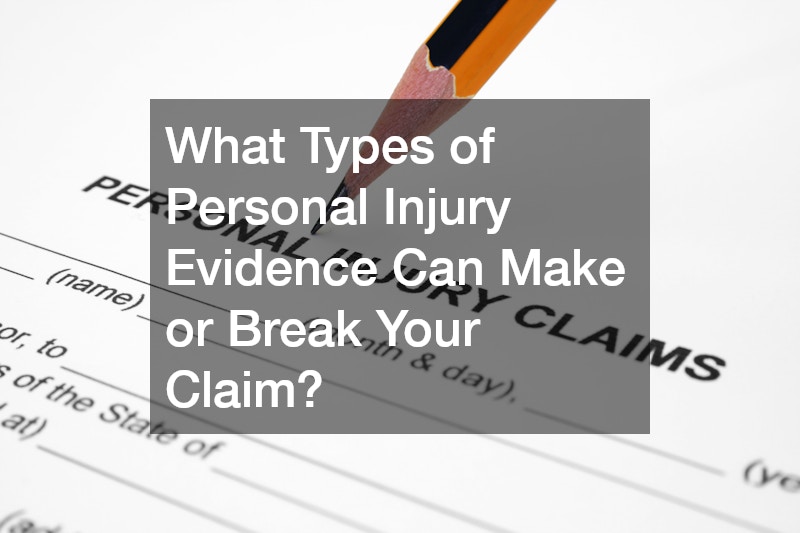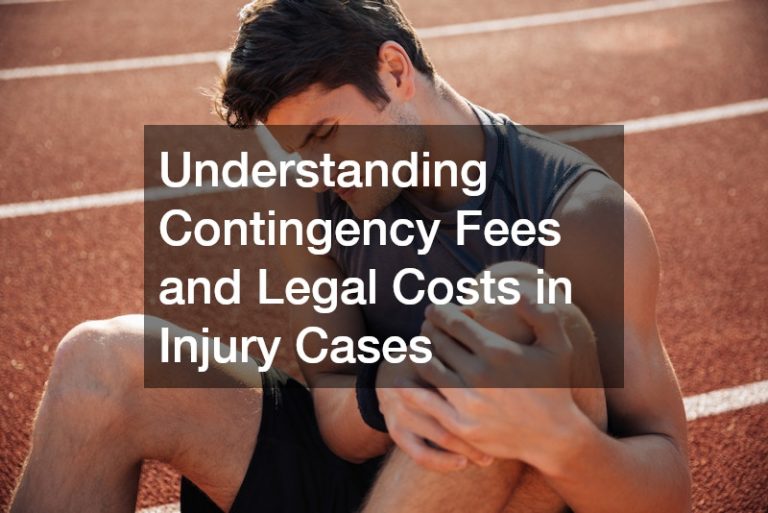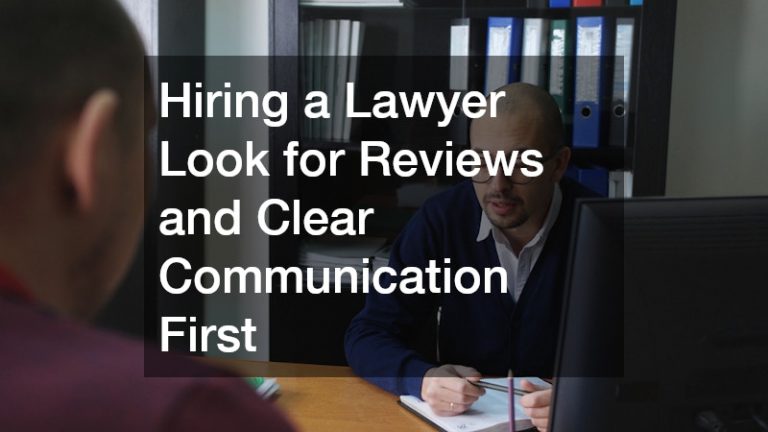In the realm of personal injury law, evidence is paramount to achieving a successful outcome. As an injured party, understanding the types of personal injury evidence that can bolster your case is crucial. This article aims to delve into the various facets of evidence that play critical roles in personal injury claims, thus helping people navigate the often complex landscape of accident law.
For victims, whether it’s a workplace incident or an automobile collision, amassing relevant personal injury evidence immediately post-accident can significantly impact the resolution of their claims. From medical documentation to witness testimonies, each piece of evidence carries weight and requires careful handling. It is the key for personal injury law firms to guide their clients through this multifaceted process effectively.
This comprehensive overview highlights essential elements such as expert testimonies, psychological assessments, and the importance of prompt medical intervention, all aimed at solidifying a personal injury claim. Through these discussions, claimants will better understand how to harness the power of adequate personal injury evidence and why consulting with knowledgeable accident law professionals is beneficial.
Critical Evidence That Can Make or Break Your Personal Injury Case
The strength of a personal injury case often hinges on the evidence presented. Key pieces of personal injury evidence can include anything from accident scene photographs to detailed injury logs and witness statements. The meticulous selection and presentation of these elements can persuade a court or insurance company to side with the plaintiff.
In scenarios involving complex injuries or disputes over fault, hiring an experienced work injury lawyer or automobile accident lawyer is advisable. These professionals specialize in gathering and presenting evidence that supports their client’s case. Hiring a skilled atv accident attorney, for instance, can be pivotal when dealing with off-road vehicle accidents.
Many personal injury law firms place great emphasis on early evidence collection. Legal nurse consultants and other specialists frequently collaborate with attorneys to prepare a more convincing evidence base. By ensuring that every piece of personal injury evidence is accounted for and appropriately managed, attorneys can often anticipate and counter potential challenges from opposing parties.
How Medical Documentation Shapes the Outcome of Your Claim
Medical documentation serves as one of the cornerstones of a successful personal injury claim. Every doctor’s visit, diagnosis, and treatment recommendation serves as part of the personal injury evidence that can substantiate the severity and impact of the injuries sustained. This documentation is particularly valued by courts and insurance companies when determining compensation.
The role of physical therapy records cannot be overstated. They not only provide a treatment timeline but also indicate the extent of injuries and the degree of recovery, thereby shaping the compensation sought. In this respect, consulting with a legal nurse consultant can enhance the medical narrative of an injury case.
Without thorough and consistent medical documentation, attaining a favorable settlement becomes significantly more challenging. Injury law firms routinely stress the importance of maintaining a detailed medical record. This diligence ensures that when the time comes to present a claim, the case is supported by compelling and comprehensive evidence.
The Power of Witness Testimonies in Personal Injury Lawsuits
Witness testimonies often provide pivotal support in personal injury lawsuits. Statements from unbiased third parties can corroborate the plaintiff’s version of events and offer additional insights into the accident. Such testimonies become vital personal injury evidence, especially in contested or complex cases.
In some situations, securing a witness quickly can make a significant difference. This helps prevent the loss of critical details, as memories of an incident may fade or alter over time. Proactive action by injury law firms in gathering these testimonies is therefore crucial for building a solid case.
Automobile accident lawyers frequently emphasize the significance of gathering testimony immediately post-accident. The presence of such statements not only substantiates claims but can also counteract potential false narratives presented by the opposition. It’s a compelling method to reinforce personal injury evidence and add credibility to the injured party’s account.
Why Photos and Videos are Vital to Your Injury Claim’s Success
In the digital age, photographs and videos serve as potent forms of personal injury evidence. They provide visual documentation of the injuries sustained, the accident scene, and any contributing factors, all of which help paint a vivid picture for judges and juries. The immediacy with which such evidence can be collected following an incident is invaluable.
Photos and videos allow injury law firms to vividly illustrate the conditions that led to the accident. These can include roadway conditions, property damages, and environmental factors present at the accident scene. This form of evidence can influence settlement negotiations significantly, often prompting quicker resolutions to cases.
Examples of effective use of multimedia evidence include construction accident lawyer cases, where site conditions must be visually documented. Similarly, an atv accident attorney might rely on video footage to highlight unsafe terrains or equipment malfunction. Such evidence brings indisputable clarity to otherwise complex cases, often resolving potential disputes before they escalate.
The Role of Expert Testimony in Proving Your Injury
Expert testimonies are often indispensable in the realm of personal injury law. These testimonies, typically provided by medical professionals, engineers, or accident reconstructionists, lend credence to personal injury evidence by clarifying technical aspects of the case. For plaintiffs, these insights can be pivotal in establishing liability or the extent of damages.
Expert testimony can elucidate whether an injury matches the accident’s description, thereby reinforcing the plaintiff’s claim. In more complex scenarios, such as construction accidents, calling upon industry experts can clarify regulatory breaches or safety oversights, thus aiding construction accident lawyers significantly.
Expert witnesses should be chosen based on their field relevance and credibility. Their testimony can effectively counter claims made by the defense, reinforcing the personal injury evidence presented and bolstering the plaintiff’s case. Partnering with a personal injury law firm versed in leveraging expert testimony can prove advantageous in such scenarios.
How Employment Records Can Influence Workplace Injury Cases
Employment records can significantly influence the outcomes of workplace injury cases. These records serve as supporting personal injury evidence, detailing employment history, job duties, and income prior to the injury. They are essential for calculating lost wages and potential future earnings, components often critical in determining compensation amounts.
A work injury lawyer will emphasize the necessity of obtaining accurate employment records promptly. Coupled with medical documentation, these records provide a comprehensive view of how the injury has impacted the victim’s ability to perform job functions. This comprehensive evidence can be a decisive factor in workplace injury claims.
In industries with inherent risks, such as construction, employment records can also illustrate compliance with safety protocols or reveal discrepancies in training provisions. A work injury attorney can adeptly navigate these intricacies, ensuring the evidence aligns with the narrative of the injury claim.
Understanding the Impact of Medical Bills in Strengthening Your Case
Medical bills are not merely financial records; they are crucial pieces of personal injury evidence. They provide proof of costs incurred due to the injury, demonstrating the financial toll exacted by medical treatment and recovery efforts. These tangible amounts serve as a baseline for compensation demands.
Highlighting the financial implications of sustained injuries can influence the settlement processes significantly. A legal nurse consultant can assist in organizing medical bills to ensure they comprehensively represent the care and treatment required post-accident. This approach frequently leads to more favorable resolutions for the injured party.
Additionally, detailed medical billing records highlight the necessity for medical interventions such as surgeries, medications, and physical therapy. By painting a complete picture of the injury’s financial toll, these documents support assertions regarding the severity and impact of the injury. Injury law firms prioritize this aspect, recognizing its influence on the compensation awarded.
The Importance of Timely Medical Treatment in Personal Injury Cases
Timely medical treatment is foundational to personal injury claims. Receiving prompt care ensures that not only is the best treatment provided but personal injury evidence is established at the earliest opportunity. This immediate action often strengthens the causal link between the accident and injury, critical for successful claims.
Healthcare assessments conducted shortly after an accident encapsulate initial findings and treatments, serving as invaluable documentation for injury law firms. They provide critical timelines and medical insights, essential for substantiating the plaintiff’s injury claim against counterarguments.
Delays in seeking medical help can weaken personal injury claims and give opposing parties leverage to challenge the legitimacy of the injuries. Engaging with a personal injury law firm immediately post-incident can help victims navigate these potential pitfalls, ensuring that timely medical treatment precedes the presentation of other personal injury evidence.
How Accident Reports Can Make or Break Your Legal Strategy
Accident reports occupy a unique position in personal injury evidence. These official documents summarize the incident, detailing the parties involved, location, and any witnesses present. They form a factual summary that can either support or challenge a victim’s legal strategy in court.
An accident law professional will emphasize the importance of verifying the accuracy of these reports. Inconsistent or erroneous accident reports can undermine the validity of a claim, making it difficult to achieve a favorable outcome. Automobile accident lawyers thus stress early dispute resolution involving these documents.
Accurate accident reports align the chronology of events depicted in personal injury evidence with legal arguments presented in court. This synchronization between evidence and official documentation is paramount for a constructive legal approach, allowing relentless accuracy to spearhead an unyielding pursuit for justice.
Why Gathering Evidence Quickly After an Accident Is Essential
Time is of the essence when gathering personal injury evidence post-accident. Quick action ensures that crucial details and fresh memories are preserved, providing a more compelling narrative for the injury claim. This promptness prevents important evidence from becoming inaccessible or disputed at later stages.
In fast-paced environments or severe accident scenarios, immediate evidence gathering can disentangle complexities swiftly. High-caliber construction accident lawyers often underscore this, recognizing that deteriorating conditions can obliterate valuable site information. This foresight is pivotal in optimizing legal outcomes.
Injury law firms equipped with efficient procedures for evidence collection can seamlessly manage the influx of information, ensuring nothing vital is overlooked. Their proficiency in guiding clients through swift evidence gathering actions yields demonstrably stronger cases, often resulting in more direct settlement negotiations and resolutions.
The Effectiveness of Surveillance Footage in Personal Injury Claims
Surveillance footage presents an undisputed form of personal injury evidence, depicting accidents in real-time and eliminating subjective interpretations. Across various injury claims, this visual clarity can counteract opposing narratives and provide a definitive account of occurrences on that day.
Surveillance footage often plays a decisive role in high-stakes areas such as workplace incidents or public area accidents. Injury law firms consistently seek out this footage as it saves immeasurable time in establishing facts, circumventing extensive witness questioning phases or other preliminary evidence dependencies.
Negotiating access to surveillance footage can involve coordination with multiple stakeholders, from building managers to law enforcement. Seasoned personal injury law firms can navigate these hurdles adeptly, ensuring clients’ interests are prioritized and valuable footage is harnessed optimally.
How Detailed Injury Documentation Can Affect Your Settlement Offer
Detailed injury documentation is a powerful tool in personal injury claims, profoundly affecting settlement negotiations. Comprehensive records support every aspect of the injury claim, detailing the path from initial injury to recovery, treatment complexities, and final outcomes. These act as pillars upon which equitable settlements are forged.
Careful documentation of treatment plans, therapies, and ongoing medical assessments provides an unbroken line of evidence that insurance adjusters or courts cannot easily disregard. Injury law firms pivot toward such meticulous documentation to ensure the integrity and completeness of personal injury evidence presented.
Settlement offers often mirror the thoroughness of injury documentation. An efficiently documented injury claim can expedite negotiation processes, as defendants recognize the overwhelming evidence capacity on display. This professional approach is favored across the board, often securing optimum settlement outcomes.
The Role of Psychological Evaluations in Personal Injury Cases
Psychological evaluations complement physical injury evidence, highlighting the often-overlooked mental health impacts of accidents. Recognizing psychological injuries and their profound effects is vital in presenting a truthful and comprehensive personal injury claim. These evaluations support claims for damages that account for emotional and mental distress.
Professional evaluations by psychologists deliver detailed assessments of trauma and stress experienced by accident victims. Such documentation provides quantifiable proof of non-physical suffering, which personal injury law firms increasingly integrate into their case strategies. This holistic approach shapes more rounded compensation demands that survivors are entitled to.
Courts and insurance companies are gradually recognizing the importance of mental health considerations within personal injury claims. By incorporating psychological evaluations, injury law firms can investigate and expose the broad spectrum of victim adversities, supporting rightful claims and emphasizing comprehensive redress.
The pursuit of a personal injury claim demands more than anecdotal evidence; it necessitates strategic accumulation and precise presentation of personal injury evidence. These elements, from medical records to employment documentation, fortify claims by vividly depicting the challenges and losses suffered.
Choosing the right legal professional—be it an atv accident attorney, a work injury attorney, or representatives from a personal injury law firm—is paramount in this endeavor. Their expertise directs the effective harnessing and presentation of evidence, sculpting formidable claims that recognize all injury facets.
In embracing an evidence-based approach, the path to achieving deserved compensation becomes increasingly clear and attainable. This alignment fosters justice through informed claims, ensuring victims of accidents can confidently navigate the complexities of accident law with robust evidence on their side.











